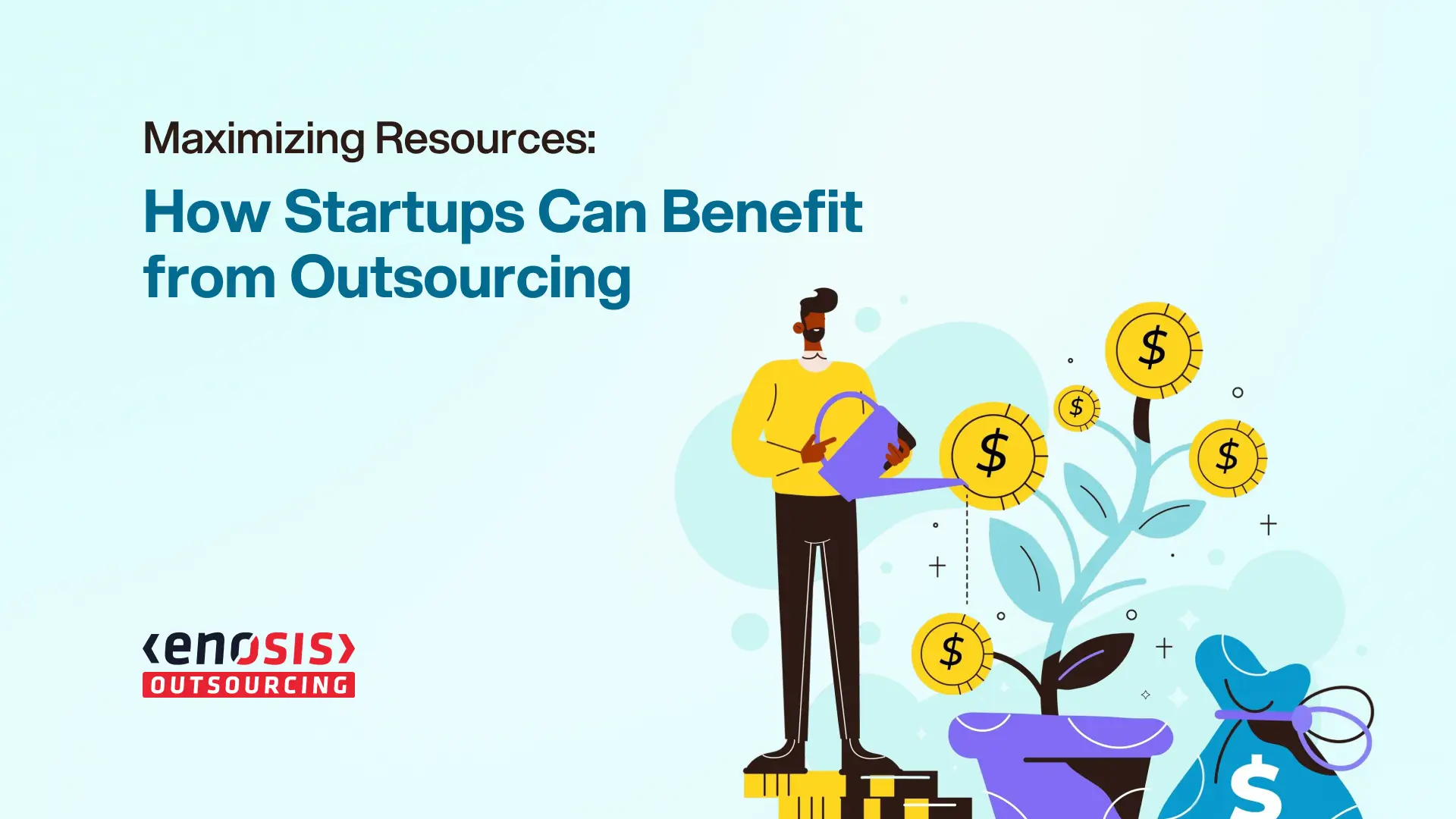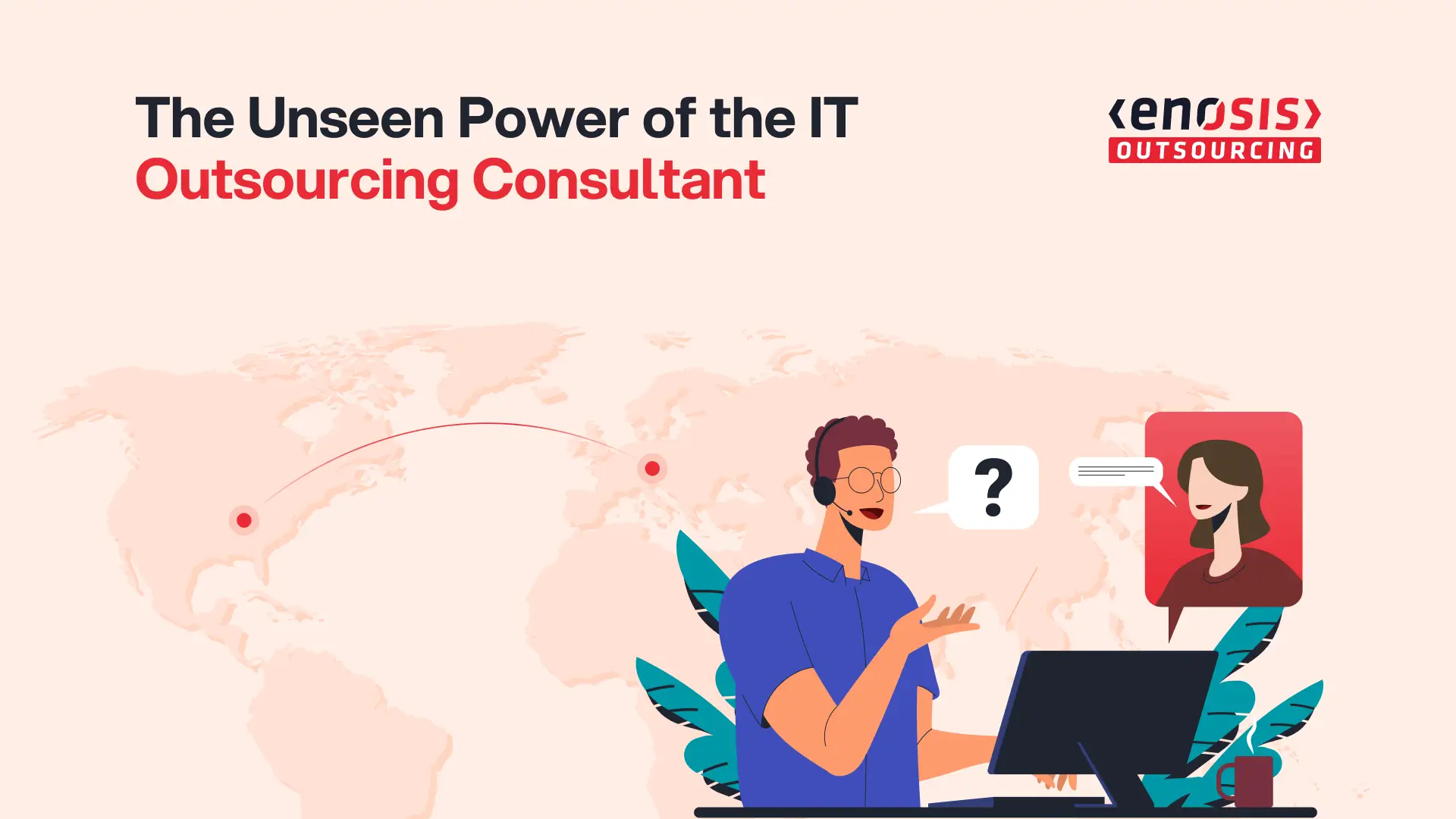Post Activity
 2
2
Table of Content
Share This Post
Table of Content
One thing about outsourcing software development that is widely accepted is that it often feels like a gamble. For every company that scales faster through a global partner, there’s another that ends up over budget, off schedule, and under pressure. The difference rarely lies in talent. It lies in structure.
Most failures happen not because teams can’t code, but because organizations lack a repeatable process for managing the relationship from start to finish. Without a clear software development outsourcing framework, even great partnerships drift.
Outsourcing success does not happen by luck. It follows a deliberate pattern that combines strategy, management, and evaluation. This article breaks that pattern into a 10-step framework that the world’s leading startups and enterprise teams use to minimize risk, protect their budget, and accelerate time-to-market. Each mature framework for outsourcing software development follows these three critical phases: Planning, Management & Execution, and Evaluation.
Phase 1: Planning – Building the Foundation
Every business partnership starts even before a contract is signed. The planning phase defines your purpose, priorities, and performance expectations. In outsourcing, this is where clarity replaces assumption. You identify why you need a partner, what results you expect, and how internal and external teams will align.
A thoughtful start prevents scope confusion, accelerates decision-making, and builds accountability from day one. Planning ensures your framework for outsourcing software development begins with intention, not urgency.
1. Start with the Strategic “Why”
Before you compare the hourly rates, pause or browse vendor directories. Give yourself a pause and ask what specific business problem you are focusing on solving.
- Is your in-house team missing expertise in niche technologies (like specialized AI or blockchain)? So you need specialized skills to fill the gaps.
- Are you trying to speed up delivery because your internal team is stretched thin?
- Are shifting priorities forcing you to bring in external help quickly to maintain focus on your core product?
Every successful outsourcing initiative starts with absolute clarity of purpose. The why shapes everything that follows, from the engagement model to partner selection and success measurement.
Many companies skip this step and end up outsourcing the wrong thing to the right partner, or worse, the right thing to the wrong partner. When your “why” is strategic, not reactive, the rest of the framework falls into place naturally.
Ready to Build Your Team?
Let’s create together, innovate together, and achieve excellence together. Your vision, our team – the perfect match awaits.
2. Define Measurable Success from Day One
Clarity prevents chaos. Failure to define success can lead to misalignment later.
Do not forget to think about: What does a successful project look like six months from now?
- A fully working Minimum Viable Product (MVP) ready for investor demos?
- A 20% reduction in average delivery time per feature?
- A user satisfaction score (CSAT) increase of 15% in the product area you are outsourcing?
Whatever it is, put it in writing as measurable KPIs agreed upon by both teams. Without the clarity, even great execution feels off course.
3. Scope Before You Search
One of the most common outsourcing mistakes is searching for vendors before you know precisely what you need built.
Therefore, you need to spend time up front crafting a clear scope. Document your user stories, define must-have features versus the nice-to-have, and visualize the product flow with basic wireframes.
This step alone can save months of rework later. A detailed scope makes vendor conversations concrete, not hypothetical. It lets them estimate accurately and helps you avoid the trap of endless change requests that consume both time and trust.
Phase 2: Management & Execution – Turning Strategy into Motion
Once your groundwork is in place, the focus shifts to execution. This phase turns planning into performance. It covers how teams communicate, how progress is tracked, and how risks are controlled.
Strong management ensures that the strategy is not lost in delivery. It needs to pick the right outsourcing model, evaluate partners beyond their sales pitch, set up governance, prioritize quality, and make collaboration seamless across cultures and time zones.
4. Choose the Right Software Development Outsourcing Model
Not all software development outsourcing models offer the same benefits or control. Your strategic “why” determines which one fits best:
Each model serves a different purpose. Choosing wisely ensures alignment and predictable control.
5. Evaluate Vendors with Evidence, Not Appearances
Evaluate Vendors with Evidence, Not Appearances. Vendor evaluation is about verifiable capability, security, and cultural fit.
- Security & Compliance: Always ask for proof of certifications like ISO 27001 (Information Security Management) or a SOC 2 Audit report. These are non-negotiable proof points for data protection.
- Track Record: Read reviews on platforms such as Clutch or GoodFirms. Focus on consistency and domain depth, not just glowing ratings.
- Culture: Check Glassdoor or similar platforms to understand their internal culture and employee retention rates. High turnover or poor leadership signals instability that can impact your project.
A great software outsourcing partner is one that not only writes code but also understands your business goals and adapts to your work ethic.
6. Establish a Governance and Communication Structure
Communication keeps distributed teams alive. Without it, even the most skilled developers fall out of sync.
Set clear rhythms early on:
- Weekly or biweekly sprint reviews and daily check-ins
- Defined decision-makers on both sides
- Unified collaboration tools such as Slack, Jira, Notion, or Asana
- Clarity on which issues need immediate discussion and which can be handled asynchronously
Strong governance prevents small issues from turning into costly setbacks. Consistent communication builds trust faster than any contract ever could.
Thinking of Outsourcing?
Access a wide range of outsourcing companies and find your best fit.
7. Keep Quality and Security at the Center
Outsourcing does not mean losing control of quality. It means managing it intentionally.
Define your QA (Quality Assurance) standards from the beginning:
- Code Quality Score (via static analysis tools)
- QA Pass Rate
- Mean Time to Resolution (MTTR) for critical bugs
Adopt a “shift-left” testing culture where quality checks happen throughout the process, not just before launch. Peer reviews and continuous integration pipelines reduce risk while improving output.
8. Anticipate and Manage Risk Proactively
Every outsourcing project involves uncertainty. The difference between success and failure lies in how you manage it.
- Start by documenting potential risks, ranking them by likelihood and impact.
- Include legal protection through NDAs, IP ownership clauses, and milestone-based payments.
- Ask vendors to provide a continuity plan in case of developer turnover or unexpected disruptions.
- Run short, agile iterations so that issues surface early rather than late.
In short, predictability means being prepared for imperfection and staying in control.
9. Bridge Cultural and Time Zone Gaps with Intention
Global teams offer a vast talent pool, but they must be managed right.
- Overlap: If your team works with a global team (e.g., nearshore outsourcing USA to Latin America, or offshore to Asia), align working hours for at least 2 to 4 hours of real-time collaboration daily.
- Documentation: Encourage robust, detailed shared documentation (Step 3 ties in here) so that asynchronous work remains efficient.
- Cultural Exchange: Foster open communication and mutual respect. Cultural fit (Step 5) is paramount for making distance irrelevant.
Phase 3: Evaluation – Sustaining Growth Beyond Delivery
Delivery is not the end of outsourcing. The evaluation phase ensures learning, growth, and long-term value.
This is where companies measure results, review collaboration quality, and secure full knowledge transfer. Done right, this phase turns each project into an improvement loop that strengthens both internal capability and vendor partnership.
A mature framework for outsourcing software development doesn’t stop at delivery. It evolves with every iteration.
10. Evolve the Partnership with Shared Success and Knowledge Transfer
The best outsourcing relationships don’t end. They mature. The most successful businesses treat their partners as co-innovators.
- After every milestone, conduct a joint review of outcomes and collaboration. Identify what worked, what fell short, and how to refine the process.
- Make knowledge transfer a continuous practice so your internal team maintains full access to all code, architecture, and documentation.
- Encourage open feedback on both sides. The strongest partnerships grow through transparency and trust.
The Bottom Line
Outsourcing has never been just about lowering costs. It is about unlocking capacity, accelerating innovation, and forming partnerships that make businesses stronger than they could be alone.
A well-structured framework for outsourcing software development gives direction to that ambition. It defines how teams collaborate, how trust grows, and how progress sustains over time.
The companies that thrive are the ones that see outsourcing as an evolving discipline, a way to extend their vision rather than just their workload. When guided by clarity, shared purpose, and consistent improvement, outsourcing stops being a transaction. It becomes a long-term strategy for growth and resilience.
Find Your Perfect Software Outsourcing Partner
Unlock a world of trusted software outsourcing companies and elevate your business operations seamlessly.






